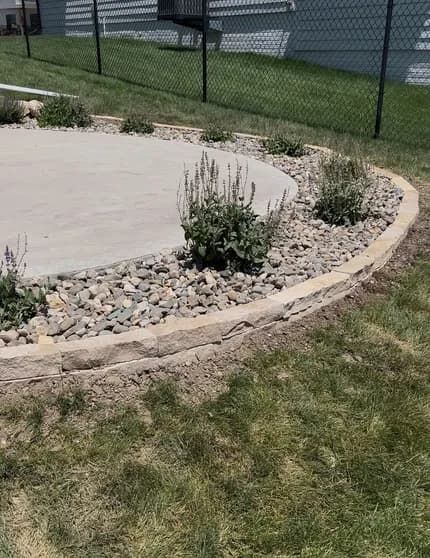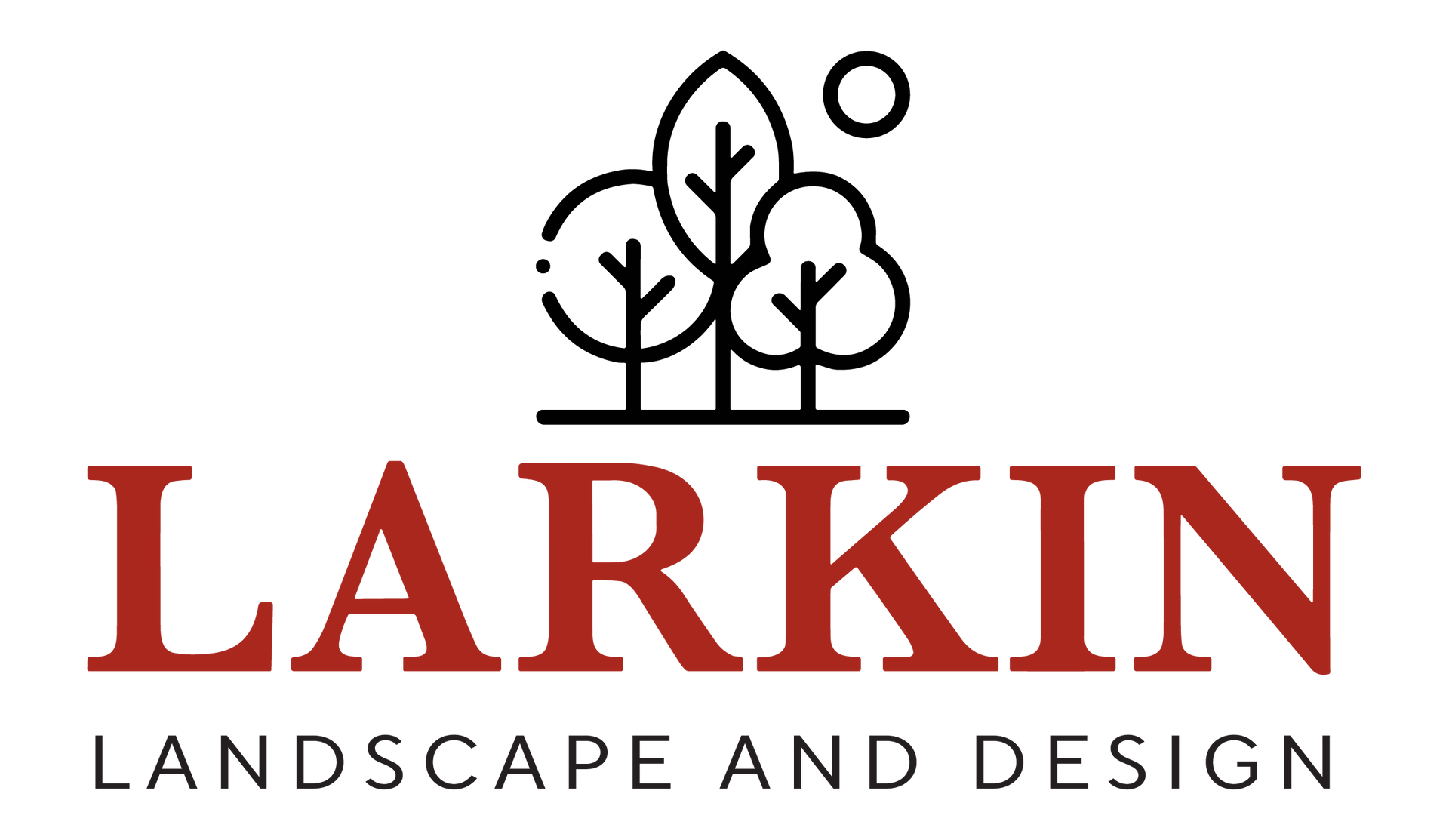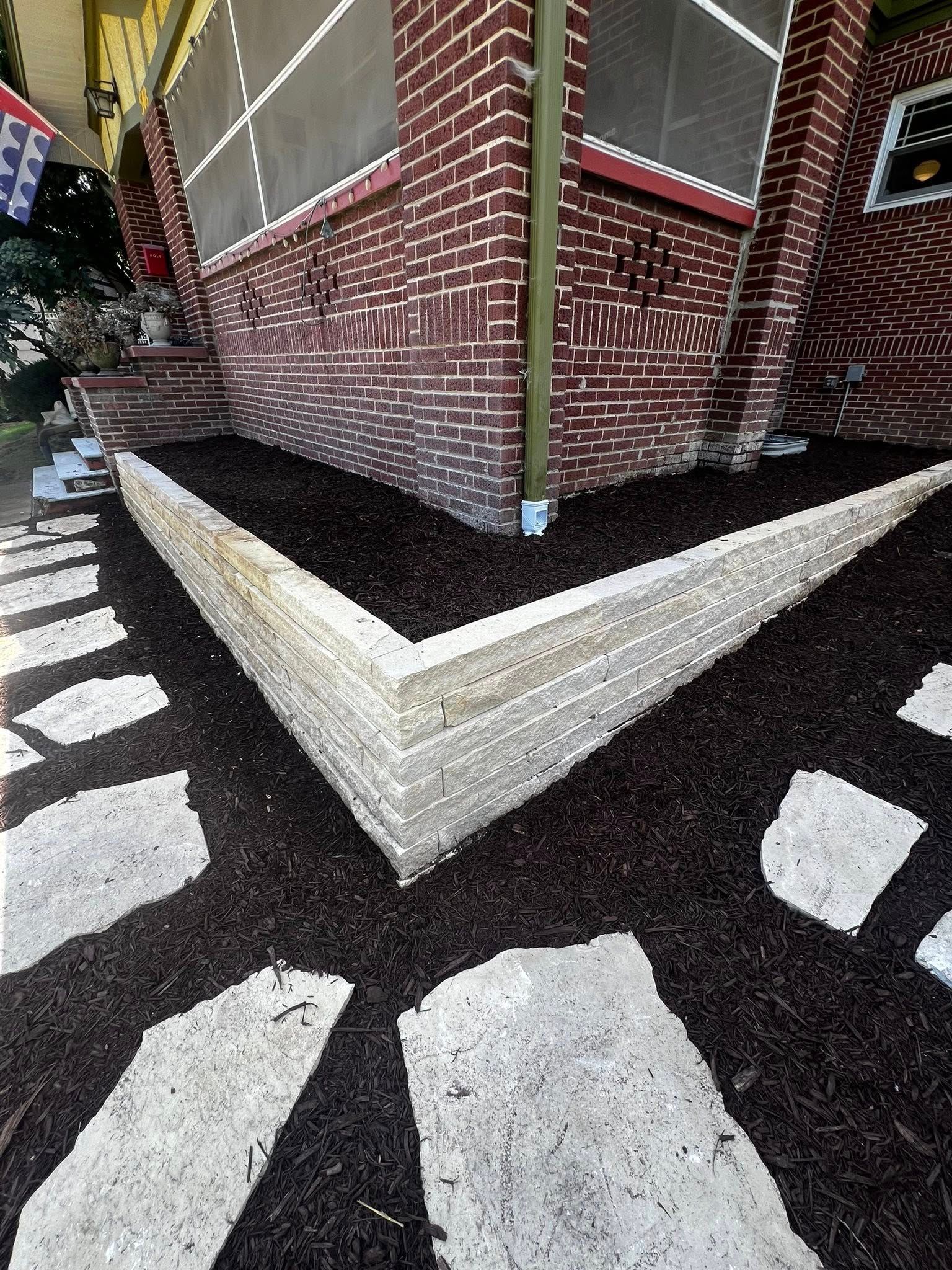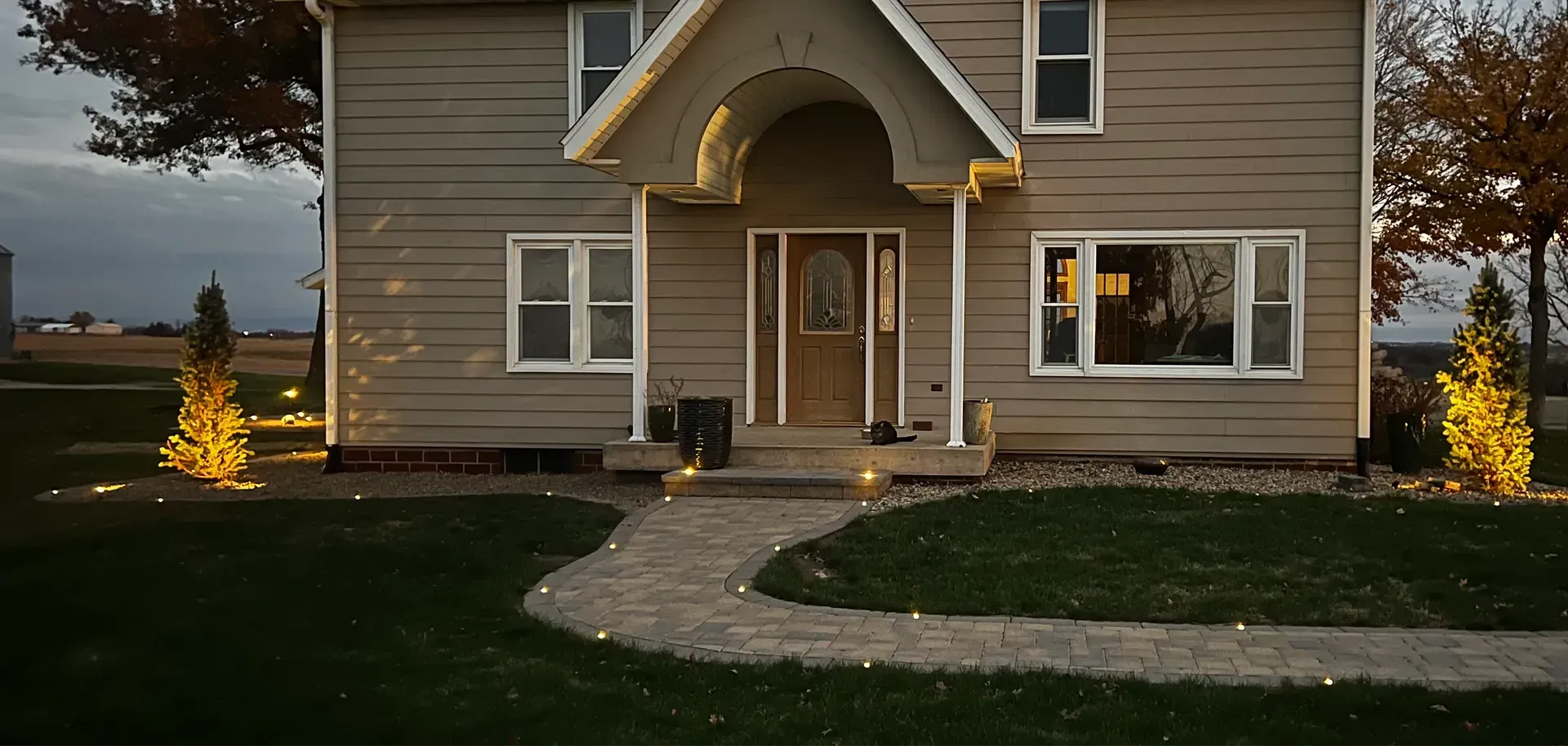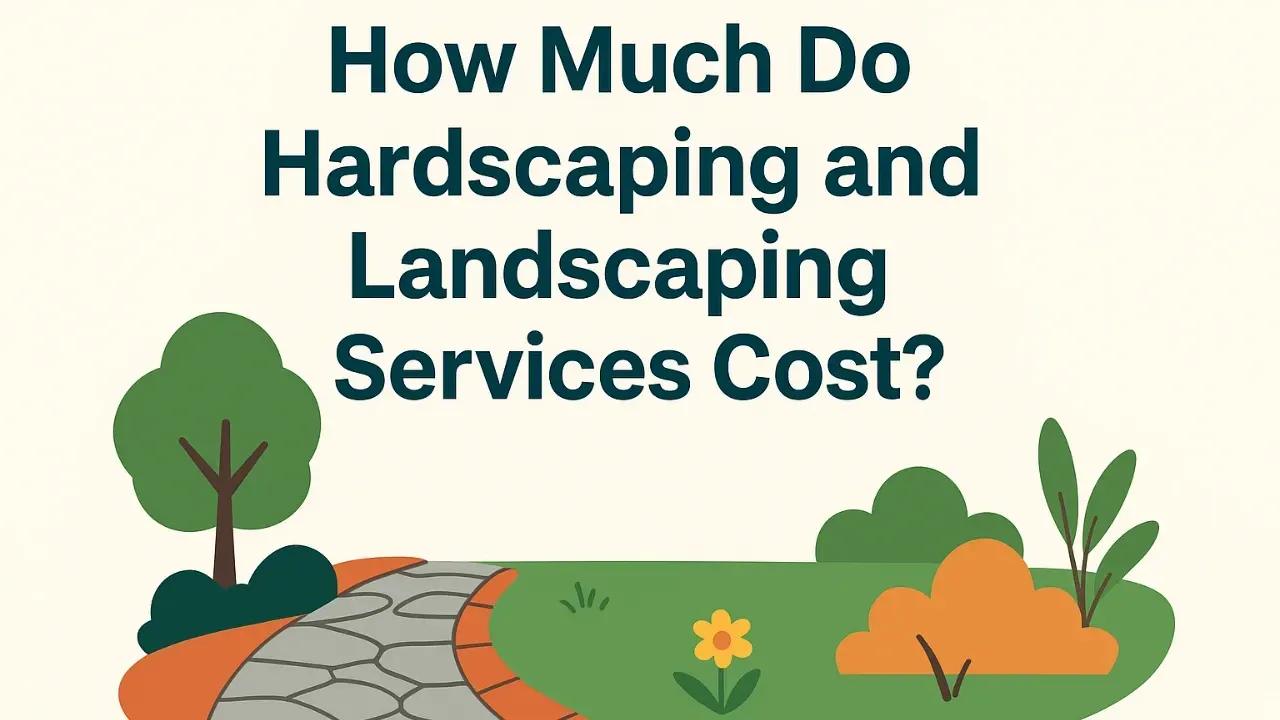DIY vs. Professional Landscaping: When to Call Experts
Some weekends, the urge just hits you. You grab your gloves, head outside, and decide today’s the day - the flower bed gets fixed, the hedge finally trimmed, the lawn finally gets some love. And honestly, DIY landscaping can be fun. It’s creative, a bit therapeutic, and yes, it saves some money.
But - and here’s the catch - there are times when DIY isn’t enough. Landscaping, while it looks simple on Pinterest or YouTube, can get technical very quickly. Experience, tools, and planning: that’s the difference between a clean-looking backyard and a job that looks half done.
So the question arises - when is it smarter to call in the pros? Let’s unpack that.
The Benefits of DIY Landscaping
The positives? DIY gives you more control and is usually cheaper. If you like working with your hands, landscaping can be satisfying - not to mention, a workout you don’t have to pay a gym membership for.
Some great DIY-friendly landscaping tasks include:
- Planting Flowers and Shrubs: Grab a shovel, some soil, and go. Mistakes here are usually low-risk.
- Mulching Beds: Easy, inexpensive, and instantly cleaner-looking.
- Basic Lawn Care: Mowing, edging, weeding - the staples.
- Container Gardening: Pots, raised beds, herbs on the patio. Hard to mess up, easy to enjoy.
These kinds of jobs don’t require heavy equipment, permits, or advanced design. And, if you do them yourself, you save on labor costs - sometimes the biggest part of a landscaping bill.
Disadvantages of DIY Landscaping
You’ve probably seen it happen. A neighbor rents a tiller, tries to put in a new garden bed, and suddenly half the yard looks torn up. Or someone tries to build a stone border, and three months later, the blocks are uneven and weeds are popping through.
DIY struggles usually happen in three areas:
Scale
Small projects are fine. Big ones (like a full lawn re-grade or irrigation system) are overwhelming.
Technical Skill
Drainage, soil balance, lighting systems - these aren’t always YouTube-tutorial-friendly.
Time
Let’s be honest, weekends vanish quickly. What starts as a ‘few hours’ project sometimes turns into weeks.
And here’s the thing: bad landscaping isn’t just ugly, it can cause problems. Poor drainage can damage your foundation. Incorrect planting can kill expensive trees. That’s when the cost of fixing mistakes exceeds what you would have paid a professional in the first place.
When Is It Time to Call the Pros?
So, when exactly should you pick up the phone instead of the shovel? The answer: when the job is either too big, technical, or risky.
Some clear signs you need expert help:
Irrigation Systems
Laying pipes, setting zones, connecting timers - it requires precision. Done wrong, it’s leaks and water bills.
Retaining Walls
These aren’t decorative alone. They handle soil pressure. If they fail, you could be looking at property damage.
Hardscaping Projects
Patios, walkways, driveways. Cutting, leveling, drainage - there’s a reason pros bring big equipment.
Large Tree Planting or Removal
Roots, overhead wires, stump grinding. This isn’t a weekend chore.
Drainage Correction
Sloping and water management are complicated. Missteps can lead to flooding or erosion.
Full Yard Designs
Reimagining your whole outdoor space? Design expertise ensures it’s cohesive and practical.
Simply put - if the project feels more like construction than gardening, it’s probably a job for a professional.
The Benefits of Hiring Professionals
Of course, the big objection is always cost. Pros aren’t cheap. But when you hire experts, you’re paying for more than labor. You’re buying:
Experience
They’ve done this hundreds of times. Mistakes are fewer, results cleaner.
Tools
They own equipment you’ll never want to buy or rent.
Efficiency
What takes you three weekends may take them one afternoon.
Guarantees
Professional landscapers - like us at Larkin Landscape & Design - back their work with warranties.
Design Expertise
Seasoned knowledge of what plants thrive in the local climate, materials that last, and balancing aesthetics with functionality.
You don’t have to pick one or the other. Many homeowners save money (and stress) by mixing the two.
For example:
Handle the mowing, trimming, and flower planting yourself.
Call a pro for the irrigation system, patio, or tree work.
This hybrid approach means you still get the satisfaction of DIY - and the professional finish for things that really matter long-term.
It’s also a smart financial strategy. No spending exorbitant amounts on labor for every task. You save your budget for projects that require real expertise.
Combining DIY with Professional Help

Final Thoughts
DIY landscaping
can be fun - even rewarding. It keeps you connected to your yard and gives you that instant
sense of accomplishment. But there’s no shame in admitting when something’s too much. Professionals exist for
a reason: they make sure the job is done right, safely, and beautifully.
If it’s small, safe, and manageable - grab your gloves. If it’s big, risky, or structural - grab your phone
and call the experts.
Ready to take your yard from ‘work-in-progress’ to ‘wow’? Our team of experienced landscaping professionals is here to help with the heavy lifting - so you can enjoy the results without the stress.
FAQs
1. So, should I opt for DIY?
Yes, but only for smaller projects. Because any mistake on bigger jobs and you’ll end up spending more on rectifying it than hiring pros.
2. Can I design my own yard without a pro?
Absolutely. Many homeowners sketch layouts and then bring in pros to execute. Some even use online design tools first. But if you need end-to-end management, we have got you covered with custom 2D designs.
3. How to hire the right landscaper?
Check reviews, ask for references, and know if they’re insured or not. Also, take a look at their past works.
4. Should I hire one company for landscaping and hardscaping together?
If possible, yes. It avoids mismatched designs and scheduling headaches.
Recent Blogs
